
Table of Contents
EDITOR'S NOTE
Shaping T20 Cricketers
Khalid Mohidin
Founder and Editor - Cricket Fanatics Magazine
T20 Cricket. It’s fast-paced, entertaining and has therefore become a global phenomenon, with every country looking for a way to create their own unique tournament so they can share their part of this fast-growing lucrative market.
With just 20 overs to work with for either side, players have to adapt their games to be effective or to become a commodity in the eyes of recruiters around the world.
The format’s explosive nature has seen players adapt their game technically and mentally to become successful. The financial gain for overseas players specifically has seen so many players turn to this format as a speciality, going as far as giving up the honour of representing their country to earn their bucks playing this format.
Tournaments like the Indian Premier League, Big Bash, Caribbean Premier League, Pakistan Super League and the Mzansi Super League, have become crucial additions to some players’ domestic and international schedules. To others, it's become their main source of income.
The more these competitions grow, the more crucial T20 cricket becomes to the spread of the game World Wide. The necessity of a production line of T20 cricketers has become inevitable - even more so after the introduction of the inaugural T20 World Cup in 2007.
Some players are more naturally aligned to playing the T20 game, while others have to adapt their playing style to become a force in the format.
In this issue, we will be discussing what it takes to become a T20 cricketer. We look at T20 Domestic and International leagues, and the role they play in preparing players for the World Stage. We gain insights from coaches, players and fans who give their perspectives on the fundamentals of playing the format.
So sit back, grab a beverage and a snack, and enjoy issue 15 of Cricket Fanatics Magazine.

BECOME A PATRON
By Khalid Mohidin
Hey, guys! Welcome to Cricket Fanatics Magazine. I would like to welcome you to the first and only fan-driven Cricket publication in South Africa.
I started this venture on 1 July 2019 with a vision to get fans from all walks of life engaged with the game and the personalities in cricket.
We want to tell the untold stories of South African cricket and we want fans to be heard.
Since we started, we covered the Mzansi Super League, Women’s Super League, Proteas Men and Women International Test, ODI and T20I series, as well as school and club cricket, with the aim of providing entertaining, engaging and educational content.
But hasn’t stopped there.
We started a Monthly Magazine where we provide multi-media content, including exclusive features, opinion pieces and analysis.
This works hand-in-hand with our YouTube channel where we produce unique cricket shows that allow fans to call in and have their say.
We have the Daily Show, which reveals all the major talking points in South African cricket.The Sunday Podcast Show where we sit back, relax and engage with the live chat, answering all the questions fans have about us and the game.
We have Off-Side Maidens, the first ever All-Women’s Cricket Show on YouTube, which helps empower women in cricket and gives them a place to share their own views on not only women’s cricket but all cricket.
We have a Legends show, where we interview all legends in cricket.
To produce all of this, we’ve invested a lot of money, time and effort to bring this to you for free.
But to keep this going we need your help. So we have opened a Patreon account.
Today, we are fortunate that technology has enabled anyone to become a patron of creative work, even if they are not a billionaire.
We have therefore launched a campaign for you as a Cricket Fan to become a patron and support us as an independent, bootstrapped publisher.
As a Patron, you also get your voice heard as a Fan.
Plus: You have the opportunity to become more engaged with the content we produce.
Every month we produce at least:
- 60 Website Articles
- 20 Daily Video Shows
- 4 Weekly Podcasts
- Match Previews
- Match Reviews
- Video Interviews
- And more…
So please join our Patreon campaign today.
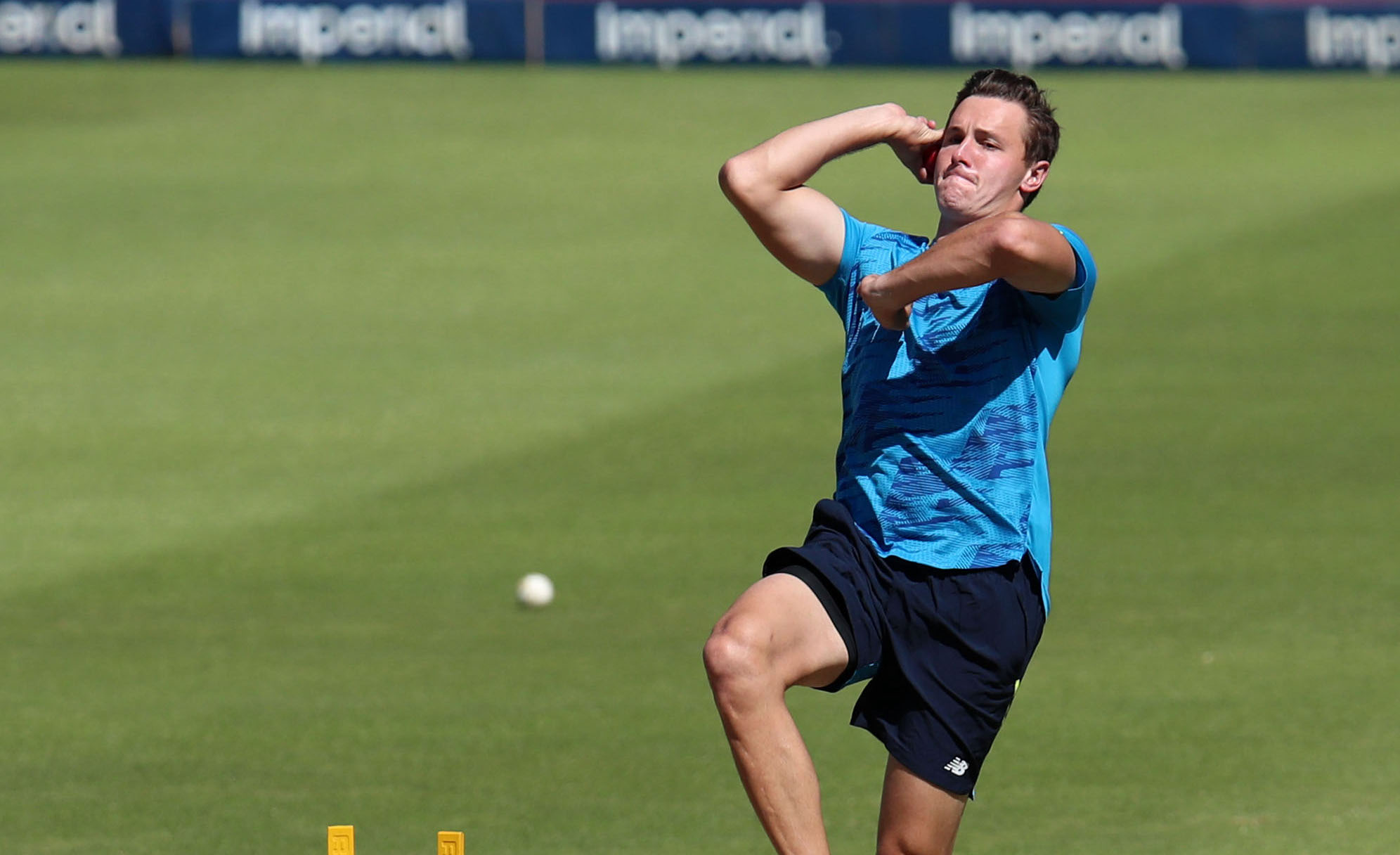
Incremental Development - The Migael Pretorius Story
By Abhai Sawkar
It may sound very cliche, but The Caribbean Premier League ended with a bang. The final between the St. Kitts & Nevis Patriots and the St. Lucia Kings went down to the wire, and it took a spirited cameo from one of the youngsters to seal the deal.
Such has been the story for most of the tournament, with young newcomers as well as some of the highly experienced T20 cricketers in the world feeling very much at home.
South Africa was pretty well represented in this year's CPL, with three players taking part. Two of them are well-known Proteas stalwarts: former all-format captain Faf du Plessis and the evergreen leg spinner Imran Tahir. But the third player - seam-bowling allrounder Migael Pretorius - also enjoyed the event with plenty of success for a first-timer.
Pretorius hasn't yet played a match at international level, but he has been on the fringes of the Proteas side in more recent times. Initially, he seemed to be a surprise signing, since a lot of the South Africans who play franchise cricket have played some international cricket.
But for Pretorius, T20 leagues have been his launch pad to showcase his skillset and potentially open more doors.
In 2021's CPL, Pretorius claimed 16 wickets in 10 games at a respectable average of 22. His economy rate of 9.54 was a bit on the higher side, but more importantly, he was the go-to strike bowler for the Jamaica Tallawahs skipper, Rovman Powell.
Pretorius boasts reliable returns across all formats, but his improvement in the T20 format has undoubtedly been a highlight. It was a natural format for the quick, as it reminded him of school cricket. He was nurtured well during his early days, and this was a key catalyst for his gradual rise to the top.
"Yeah, we played in T20 competitions at school level. I was fortunate, since we had very good coaches. When I was young, I can't remember a whole lot. I wasn't necessarily thinking of playing cricket after school. The kids these days learn a lot more than I did when I was playing cricket."
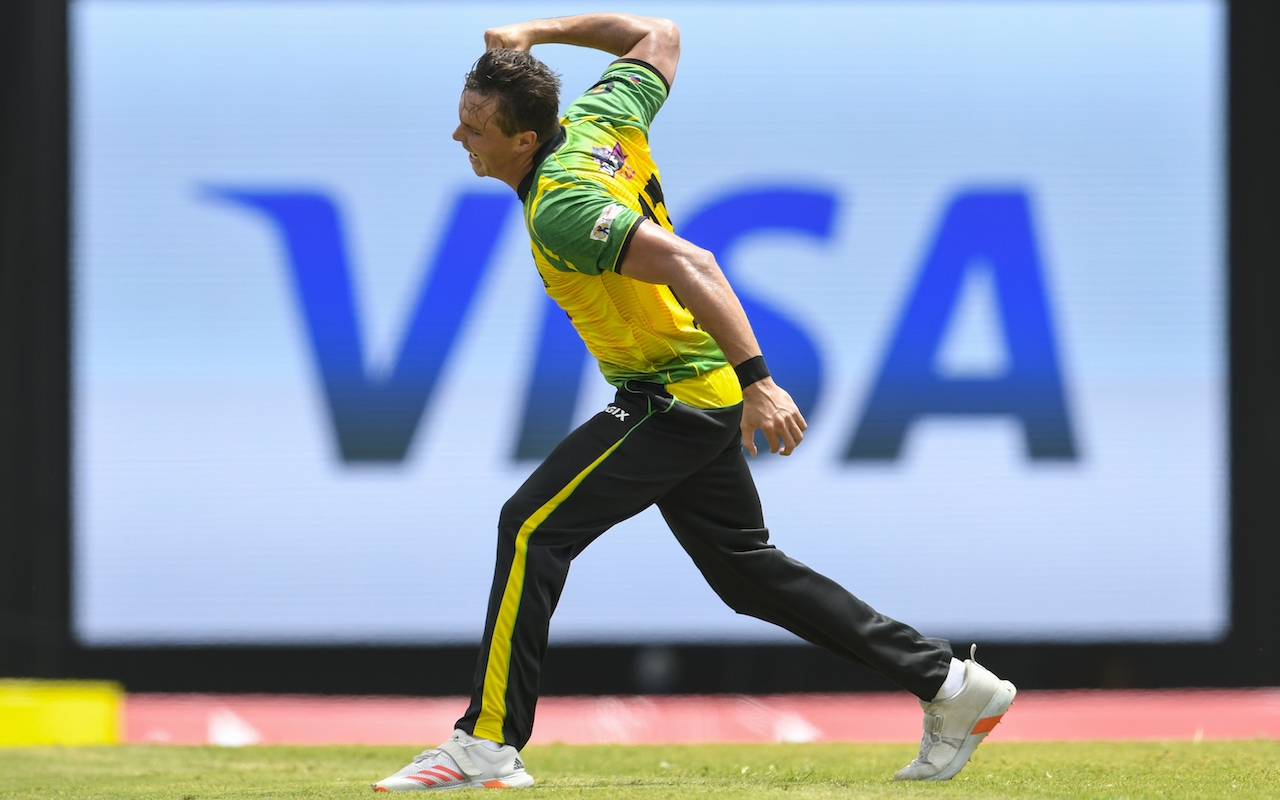
Now, T20 cricket requires a wide spectrum of skills, especially for seamers. In the longer format, you often see the quicks maintain a consistent line and length, but the shortest format demands more variations, since batters have now become more and more creative with their strokeplay over time.
"First of all, I love playing all formats," said Pretorius. "Personally, I feel Mark Charlton [my provincial coach] was the one who forced me to learn more about the game. In Bloem, AD (Allan Donald) has been a very steady coach and has a very good cricketing brain. It's very important to have the right mindset and approach when it comes to training."
Pretorius has been a frequent feature in the CSA T20 Challenge - he was part of the Lions side that won the 2018-19 tournament and more recently, he relocated to the Knights. Interestingly enough, he hasn't played in the Mzansi Super League, South Africa's new flagship T20 league. However, the 2021 CPL has provided priceless experience for the 26-year-old.
"Well, I haven't played a whole lot of local T20 cricket in SA. I've learned plenty from guys like Farhaan Behardien and Shaun von Berg. Trial and error has been a big part of my learning process."
Signing up with the Jamaica Tallawahs in the CPL was more than just a pleasant surprise. It was a goal that Pretorius was tirelessly working toward. His methodical outlook as well as his burning aspiration to deal with and excel in challenging assignments has proven to be very handy.
"Right, I was ready to come and play. I wasn't aware of the conditions, but I knew people who have played here. Initially, it was a struggle to adjust but I was very happy to get the call. As soon as I got here, I was preparing for what was to come. It's been a fun tournament, and I'd love to get back here again next time."
The CPL call came at such an opportune juncture for Pretorius, and he's had the privilege of playing alongside and against some of the best in the business in T20 cricket.
"Playing with them [the superstars] is nice, but when you're on the field, they're like any other players to learn new things from. Everyone's very down-to-earth, and ultimately we all play to win. It's great to chat with everyone and share ideas.
"In the Caribbean, everyone goes hard and they don't care if they get out, which is a good thing. Learning from them was memorable for me. I write down a lot of things that I learn, and it'll be nice to bring these things back home."
All-rounders in T20 cricket are a highly on-demand commodity. There aren't too many players who can regularly take wickets as well as hit a long ball down the order. The Proteas have struggled to consistently finish innings on a high, and Pretorius has been tipped as a potential solution.
He's primarily a bowler, but during the 2020-21 domestic season, his batting began to improve to a point where he'd be considered a bowling allrounder. The repeated calls for his inclusion in the Proteas setup has been very humbling, and he's expressed his gratitude.
"I've concentrated on my batting for the past year and a half. During the early part of my career, I didn't really take my batting that seriously and it's proven costly. When it comes to finishing, speaking to guys like Carlos [Brathwaite] and Dre Russ [Andre Russell] has been an eye-opener.
"I'll share some of the tips to the guys back home. I'm thrilled to hear that folks are backing me. Honestly, it's something that's not in my control. At the end of the day, I just want to do the best I possibly can."
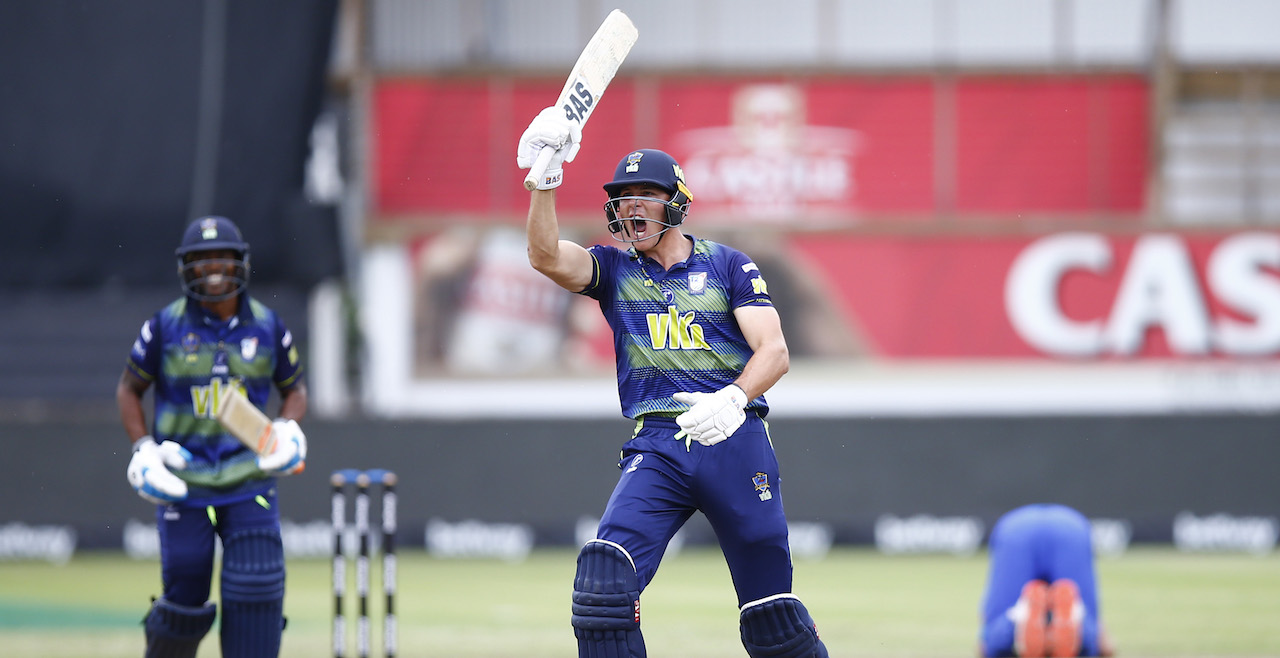
Going back to bowling, sometimes the learning curve in T20 cricket can be a bit tricky. It heavily depends on how quickly players can adapt and on multiple occasions, think outside the box.
Quicks like Kagiso Rabada, Lungi Ngidi, and Anrich Nortje have had to constantly modify their game plan to be able to succeed in all formats of the game.
The T20 game can be harsh at times, especially for bowlers who send down the death overs. Even the slightest miss in length will result in a boundary, and it just goes to show that death bowling requires a robust combination of accuracy and reproducibility.
"I've been trying to slow down my slower deliveries. We didn't really have much time to train here. Heading into next year, I'll do more to prepare for what I want to do differently. I know that I have to bowl to my field as best as I can.
"Mentally, you need to have a couple of stock deliveries that you know won't go for a boundary. If you can plan ahead of time and start learning to practice, you'll improve your game quickly. You need to think like you're the captain, since you want to put together a game-changing performance."
When asked about his favorite moment in the CPL, Pretorius chose to bring up a rather difficult outing. It's an excellent argument, since some of your relatively frustrating returns can serve as a strong motivating factor.
We've seen it with team India, when they got bowled out for 36 in the first Test against Australia, and then came roaring back to take the series despite having multiple mainstays out of the picture due to injuries.
With Pretorius, it's no different. His active-learning approach and his general modus operandi is something that everyone can learn from. Whenever things don't quite go your way, you can't continue to dwell in the frustration and anguish and let that get the better of you.
"Well, I got smashed quite a bit, but it was the last over to Pollard which was the biggest learning curve I had there. I felt that my back was against the ball, since nothing seemed to be working. I just had to relax and step back a bit, but I didn't. And I got hit for extra runs as a result."
The CPL has been the ideal T20 experience for Migael Pretorius. As expected, for someone who played for the first time there, it was a bit of a mixed bag.
His tournament was studded with strong displays as well as a couple of forgettable games. But most importantly, he has found a way to create a favourable first impression despite not having enough time to acclimatize to the conditions on offer.
Even though he has plenty of domestic success back at home, this has been a watershed phase of his career.
He's been part of a Test and a T20I squad to date, but performances abroad like these have successfully amplified his progress and it's fair to say that it's only a matter of time until we see him regularly playing for South Africa.
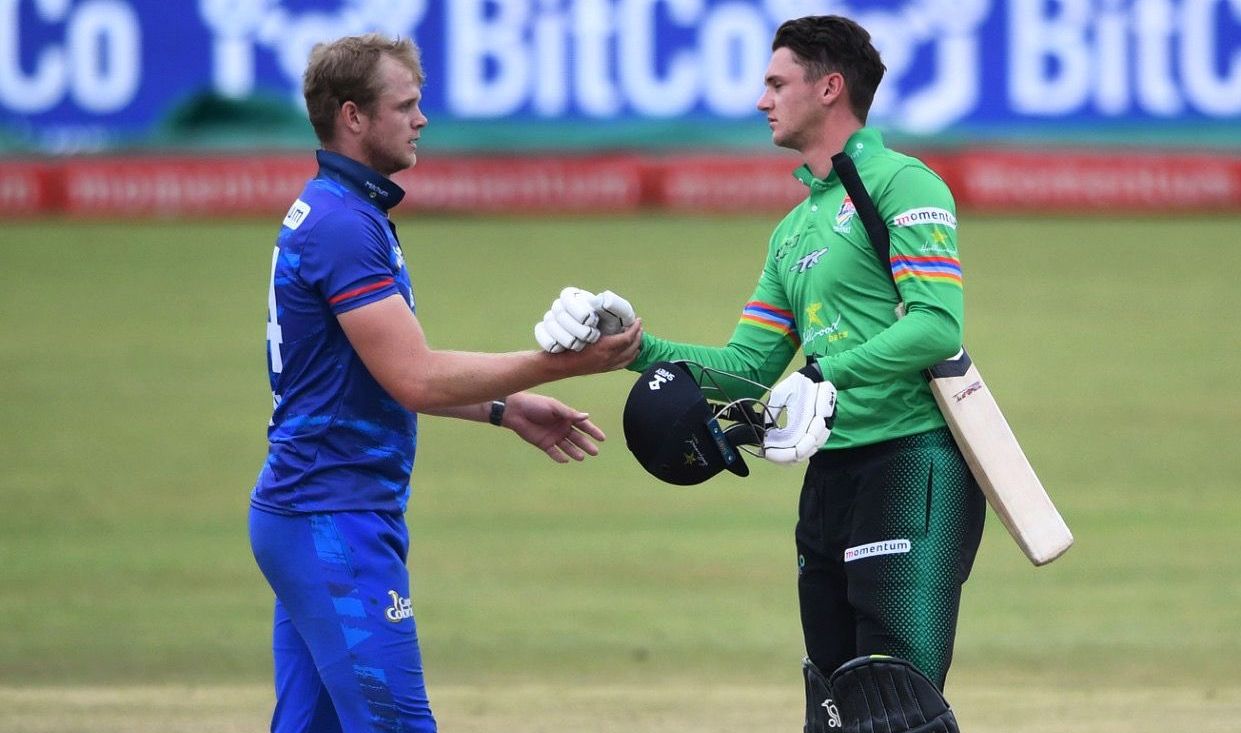
SA T20 cricket ‘up there with the best T20 leagues in the world’
By Marc Jacobson
Established all-rounder Corbin Bosch, who formerly plied his trade in Australia, admitted the South African domestic T20 leagues are at a calibre to behold, especially in a time when white-ball cricket has become a lucrative money spinner.
Corbin was part of the triumphant SA U19 side that lifted the 2014 World Cup trophy alongside the likes of Aiden Markram and Kagiso Rabada and was one of those players who had instinctively not been near-sighted.
He departed for Australia at the age of 21 due to various reasons affecting the state of South African cricket, but he later discovered that the grass wasn’t always greener in other territories.
The 27-year-old has a broader and renewed perspective from within the sport, and although SA cricket hasn’t been largely successful of late, he has upheld the view that the country is still in somewhat of a healthy space.
“I think our level of cricket is definitely up there with the best T20 leagues in the world, and the quality of players in our country really justifies that,” Corbin tells Cricket Fanatics Magazine.
“I think the only big difference is the exposure that the other T20 leagues have around the world, [compared] to ours.
“The standard of cricket is really good and competitive. If you look at our past T20 competitions – the most recent one in Durban and the two editions of the Mzansi Super League – it just showed the level of competitiveness was at a high standard.
“There’s no out-and-out team that always shines above the rest – any team can win on any given day – and I think that’s really good for our T20 cricket.”
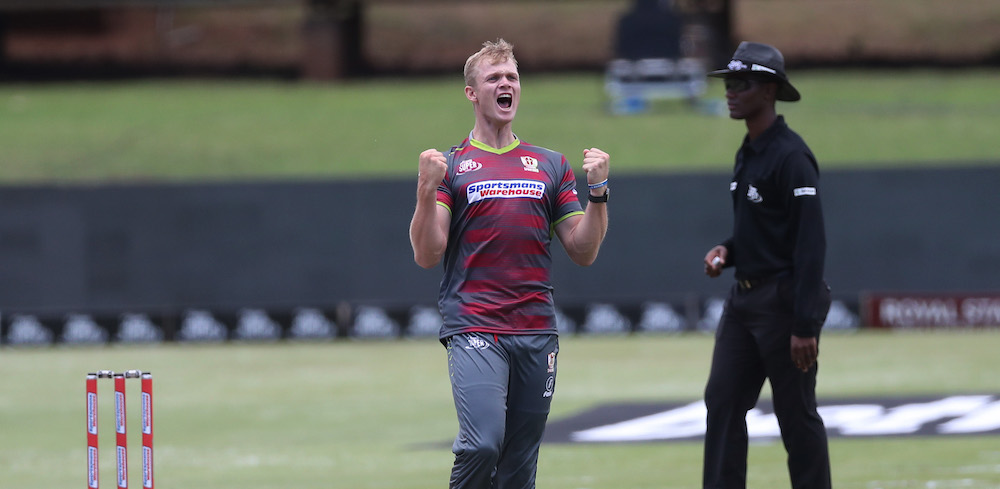
The minimal exposure of SA leagues, which Corbin mentioned, filters through to the development and fine-tuning, or lack thereof, of the cream of local players.
He emphasised the importance that in this sphere T20 leagues ought to make the rounds so that players can be well-equipped to make the step up to international T20 cricket.
“Playing in T20 leagues around the world allows our players to play against some of the best players in the world, and when it comes to international cricket it only bodes well for them to play in such leagues,” Bosch said.
“You’re playing against the best in the world all the time so you’re learning about different people in different conditions, and it can only help your game in any shape or form.”
Corbin, who hails from Durban and represented the Cape Cobras in all three formats last season, underscored the vigour and potency with which international cricket is played as the main difference to domestic T20 cricket.
“Intensity is the massive difference,” he said. “If you look at international cricket, the guys are executing more often.
“The intensity of the actual cricket is of a higher standard since you are representing your badge, so there’s a lot more pressure behind it than just playing for your local franchise.”
Bosch’s younger brother, Eathan, who plied his trade for his home franchise, the Dolphins, this year, has echoed his older sibling’s sentiments of SA domestic cricket being at “quite a high” standard after having “talked to many international guys” about it.
And although having not played in any T20 leagues abroad, the 23-year-old said what sets SA apart is how the country’s varying conditions imposes itself upon the different teams playing at home or away.
“We’ve got so many various conditions – you take Johannesburg and SuperSport Park (Pretoria); they’re both on the Highveld but they’re also kind of different,” Eathan said.
“Then you take Durban and PE and those are also two completely different types of wickets. I think it’s quite a challenge, especially in T20 cricket because we have so many different surfaces around the country.”
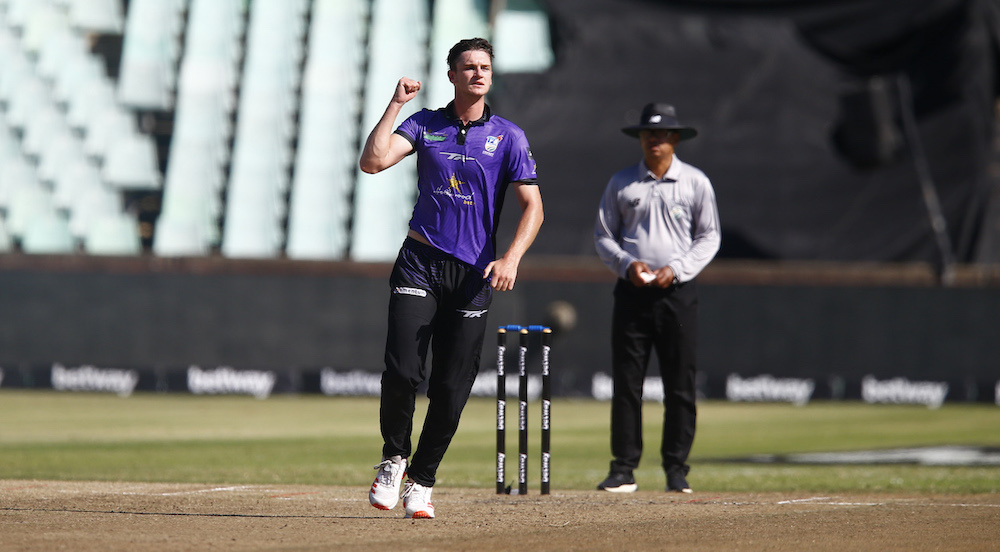
Eathan also presented the notion of how the renowned T20 leagues abroad, such as the IPL, Big Bash and CPL, lifts the standard of cricket within the sporting fraternity while also bolstering the feeder systems in each of the respective host countries.
“From my experience in the MSL, I was able to learn so much as a youngster from the likes of Dwayne Bravo and Faf du Plessis,” he said of his time with the Paarl Rocks in 2018.
“I think it’s very beneficial for all the domestic tournaments and players throughout the world.”
Eathan reiterated Corbin’s comments on how the intensity of international cricket is a level up from provincial competitiveness, while adopting finesse in terms of more “attention to detail”.
Both Bosch brothers have strong ambitions of representing the Proteas in any format one day, but Corbin has a big desire in being part of the first SA side to win “an international World Cup of any sort”.
On that note, Corbin felt the Proteas are “on the right track” ahead of the T20 World Cup next month, after having produced solid series wins in recent months, including their most recent triumph over Sri Lanka.
“I think we have the personnel in our squad now who can take us to victory in this upcoming World Cup and I have full belief in every single of one of them of getting the job done.
“We can hopefully get rid of that dreaded curse,” he said of the infamous choker’s tag plaguing SA cricket.
Eathan’s thoughts weren’t much different, with the Hilton College graduate saying the Proteas have formed “all the right combinations” from within their set-up to prosper.
“I think our chances are quite high; I see T20 cricket as who’s better on the day kind of thing so hopefully the Proteas can bring one home for us. It’s been a long time coming,” he said, adding that he thinks SA have the “players, ability and depth” to do so.
Corbin said he and his younger brother have had a “huge” influence on each other’s careers thus far, which winds back to the days the two used to play “garden cricket” as youngsters.
“We’ve always wanted the best for one another, and we’ve pushed each other beyond what you can do by yourself,” Corbin said. “We’ve always backed each other and asked each other questions.
“I’ve been very fortunate to have someone like him as a brother because he’s an exceptional cricketer, and there are many times when I look up to him, even though he’s my younger brother.
“I’m really lucky to have someone on a cricketing journey with me who’s pushing me to be the best.”
Get More Clients With Cricket Fanatics Magazine
Cricket Fanatics Magazine has the visibility, infrastructure, expertise and toolset to automate your marketing and branding.
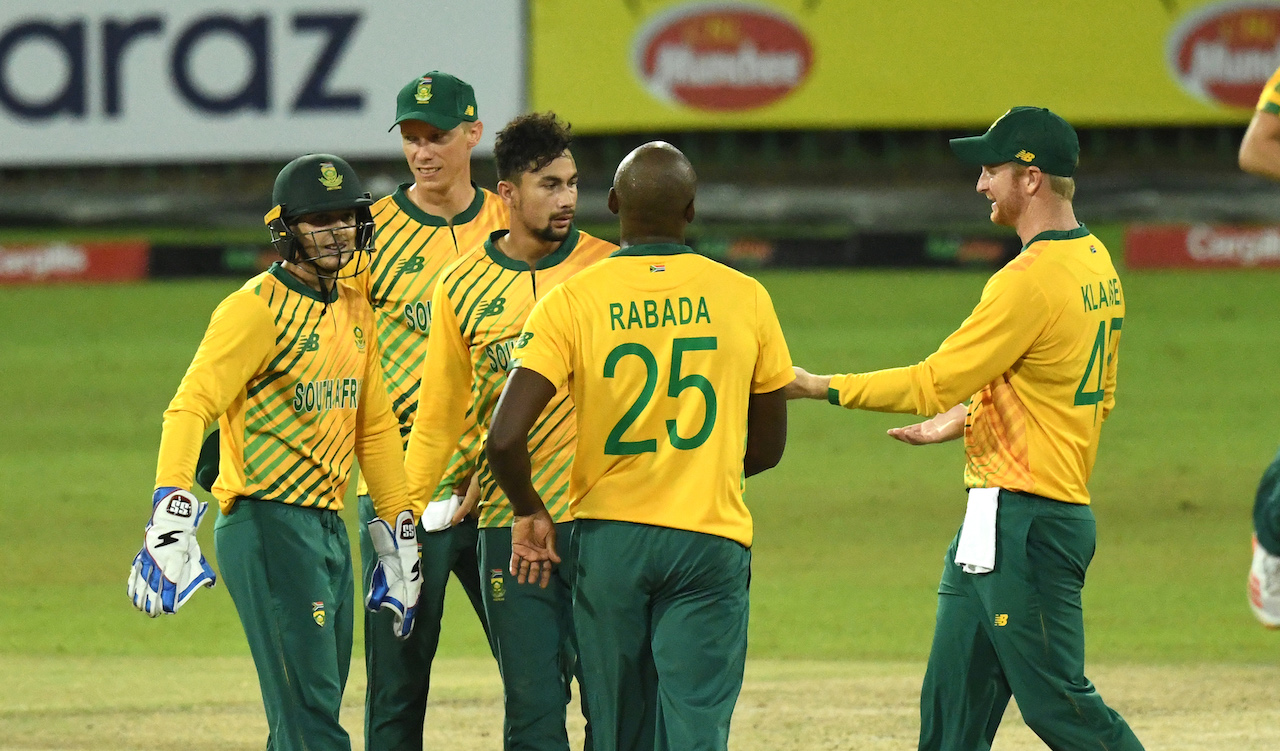
Coaches Must Allow Freedom in T20 Cricket
By Lubabalo Skhosana
As much as many of us would like to believe that we are “purists” of the game, there is really no denying T20’s significance within modern-day cricket. It has a huge influence on the following of cricket and on how the game is played.
Over the years we have witnessed a more offensive brand of cricket with the bat from most sides. We have witnessed more totals in excess of 400 scored in 50-over matches and more scores north of 200 posted and - on occasion - chased down in the 20/20 format.
T20 cricket may not be as old as the other formats of the game but it is rapidly growing and becoming the format everyone wants to watch. There are a few countries that we believe have not gotten it right yet.
Yes, these countries do win T20 matches but will generally struggle against the better T20 sides in the world.
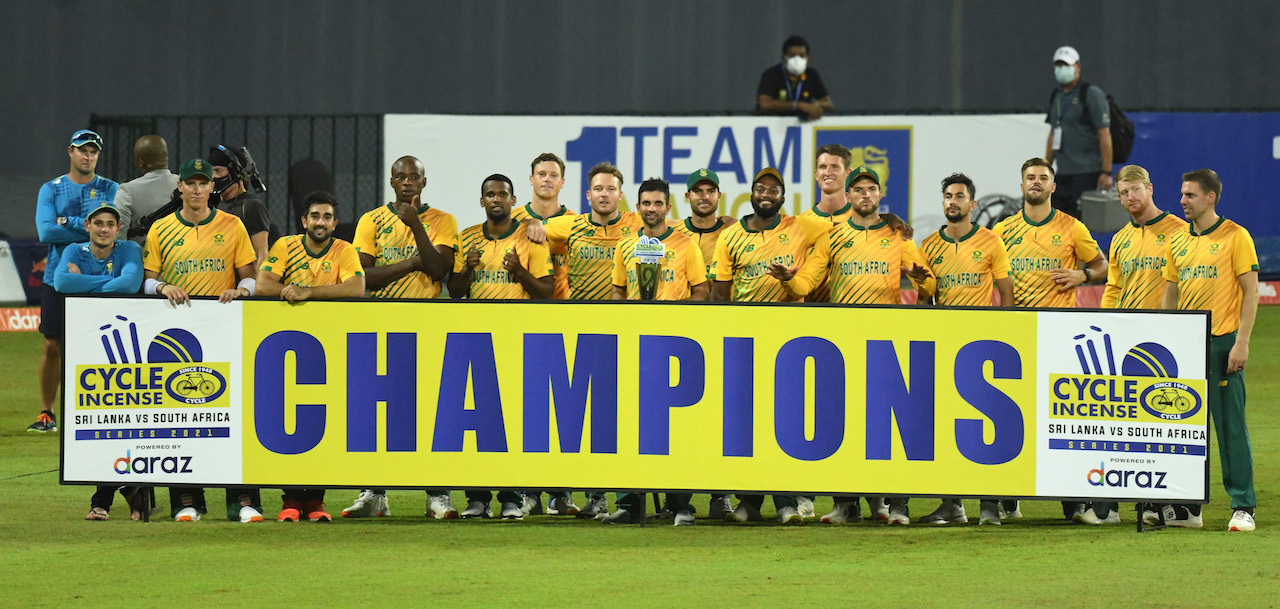
South Africa is one of those countries and here are a few key areas that can be improved in order to improve T20 Cricket in the country. The majority of South African players do not play a lot of T20 cricket unless they are able to land an IPL contract or get to play in other domestic leagues.
This is evident in the slow evolution of SA cricket and the slow progress of T20 cricket. Our players are not playing enough of the format and thus aren’t developing their T20 game as expected.
This is due to the fact that our tournaments in general have fewer teams and because we have fewer teams we tend to have fewer international or rather foreign players and we all know they boost the standard of tournaments.
This is a point that was also made by Leus du Plooy.
“The tournaments are both very competitive and extremely fun to play in. The only clear difference is that the Blast has more teams (18) compared to the Ram Slam (6) and generally more overseas players per team than the Ram Slam,” Du Plooy observed.
The Ram Slam has since been scrapped but the MSL and the CSA T20 Challenge.
Another contributing factor is the culture of cricket in SA and how we play cricket as a country. For a number of years now, I felt that we needed to take the England Cricket route in that we need to re-establish how we want to play as a country and how we want to coach the next generation of cricketers.
Modern cricket is about being a bully, asserting yourself on opposition and taking the game away from them very early. But the South African way of play is more around being cautious: Focusing on trying not to lose instead of trying to win.
The fact that the majority of South Africans believe that a T20 side needs an anchor is full proof of how behind we are as a country in a format that is about scoring fast and scoring big.
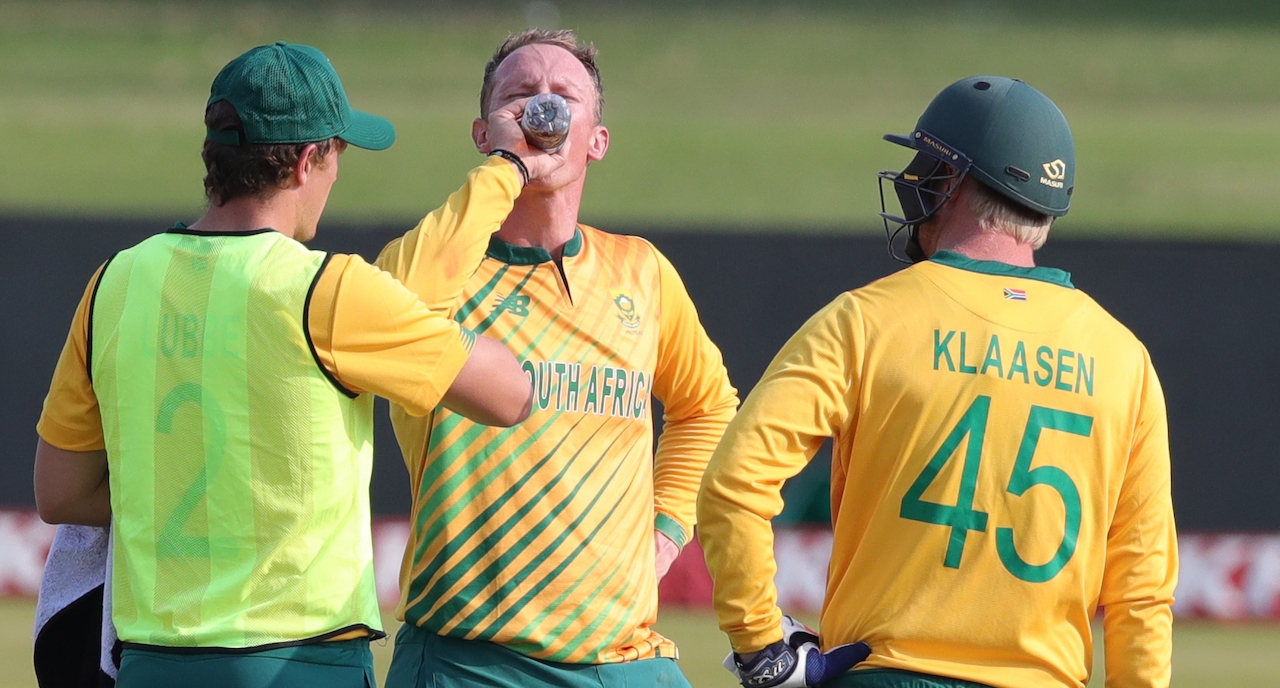
Our approach is still built around keeping wickets. Many of our youngsters are also not coached to play to their strengths and with freedom. This is something that hampers the growth and development of our T20 cricket because (especially when batting) its is about being fearless and ruthless.
Many of our T20I batsmen have very high dot-ball percentages and this format requires one to have a very low to negligible dot-ball percentage.
When asked what makes a good T20 side, Du Plooy stressed the need for coaches to allow players to play their natural game in order to deliver the desired results for the team.
“I think a strong T20 side backs their players to play the brand they want to individually, given that they practice the way they want to play. The brand needs to fit in with the team's end goal. This brand needs to remain consistent through defeat and victory.”
While many people may like to believe that T20 cricket is just about closing your eyes and hitting the ball as far as possible, it is important to note that the format is a game for thinkers. Those who have the ability to think on their feet and use conditions to their advantage are generally the ones that tend to win.
When batting and playing on a massive field for example, it would be very handy to keep the strike rotating in the form of singles and 2s etc. It is very important for T20 players to be able to read conditions and always be aware of their surroundings.
“To be able to assess the conditions and situation as quickly as possible and execute the best ball/shot at that moment accordingly. I’d say adaptability is a key attribute in T20, because of its fast-paced nature; ultimately two good/bad overs could win/lose you the game.”

“We must stick to what we have as a unit” -Hardus Viljoen
By Ongama Gcwabe
The 2021/22 cricket season is finally upon us.
The governing body in the country announced that the men’s domestic season will get underway with the Provincial T20 Knockout Competition which will run up until the 22nd of October.
Division One Provincial teams were announced earlier in the year and South African cricket will see quite a few faces returning to our domestic set up.
Hardus Viljoen is among the names expected to feature in Division One.
For this issue, I will focus on the squad Boland Cricket has put together for this season and one player in particular - Hardus Viljoen.
“We’ve got a great squad and a great coaching staff. It’s an exciting bunch of guys with experience and youngsters, it’s a great balance,” Hardus Viljoen told Cricket Fanatics Magazine.
This is arguably the most exciting team with a lot of potential on paper. The squad has a superb mixture of specialists to cater for all three formats of the game.
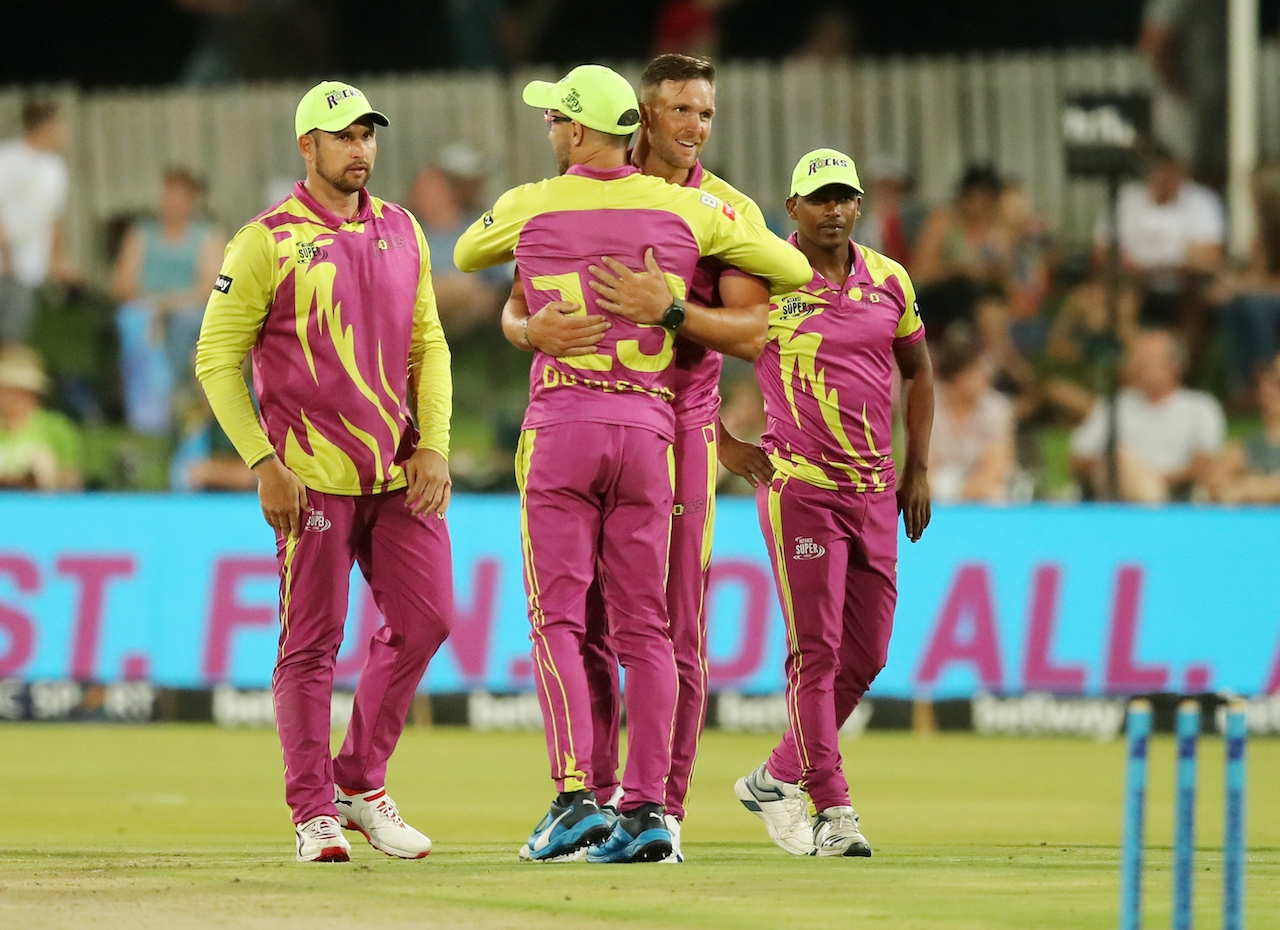
Kyle Abbott and Stiaan van Zyl have been in sublime form in County Cricket, particularly in 4-Day cricket. Viljoen will join forces with these two this season for Boland.
Knowing the level of support the Boland community offers, expectations will be high for the coming season.
“It’s always exciting to play with those types of guys, they bring a lot to the table. If we play well as a team and if we put in the hard yards now in the offseason, the rewards will come on their own. We must stick to what we have as a unit, play to our strengths and back our skills as a team,” Alluded Viljoen.
“I think most of us know how to play at Boland. One of our strengths is that we know how to win there because obviously most of the guys have been part of Paarl Rocks when we won the MSL [Mzansi Super League] as well. I think that’s a big advantage for us going into the season,” he added.
Since making his Test debut in 2016, in which he took the wicket of Alastair Cook with his very first delivery, Viljoen hasn’t featured for the Proteas in any other format.
Instead, the fast bowler took his trade to World Cricket to become a free agent the way the likes of Chris Morris have done.
READ: “I THOUGHT THEY NEVER WANTED ME.”- Hardus Viljoen
I asked Viljoen about the benefits of playing T20 cricket around the world and the necessary changes one needs to make in order to ensure success.
“It’s your skill set that changes a lot because you’re playing in different parts of the world. In the Caribbean there are different wickets and different opposition that you’re up against every single week so the skill sets change a lot.
“The PSL [Pakistan Super League] has the best bowling in the world and then there’s the IPL [Indian Premier League] where the batting becomes world class so each and every tournament has its own trials so it requires a different approach.”
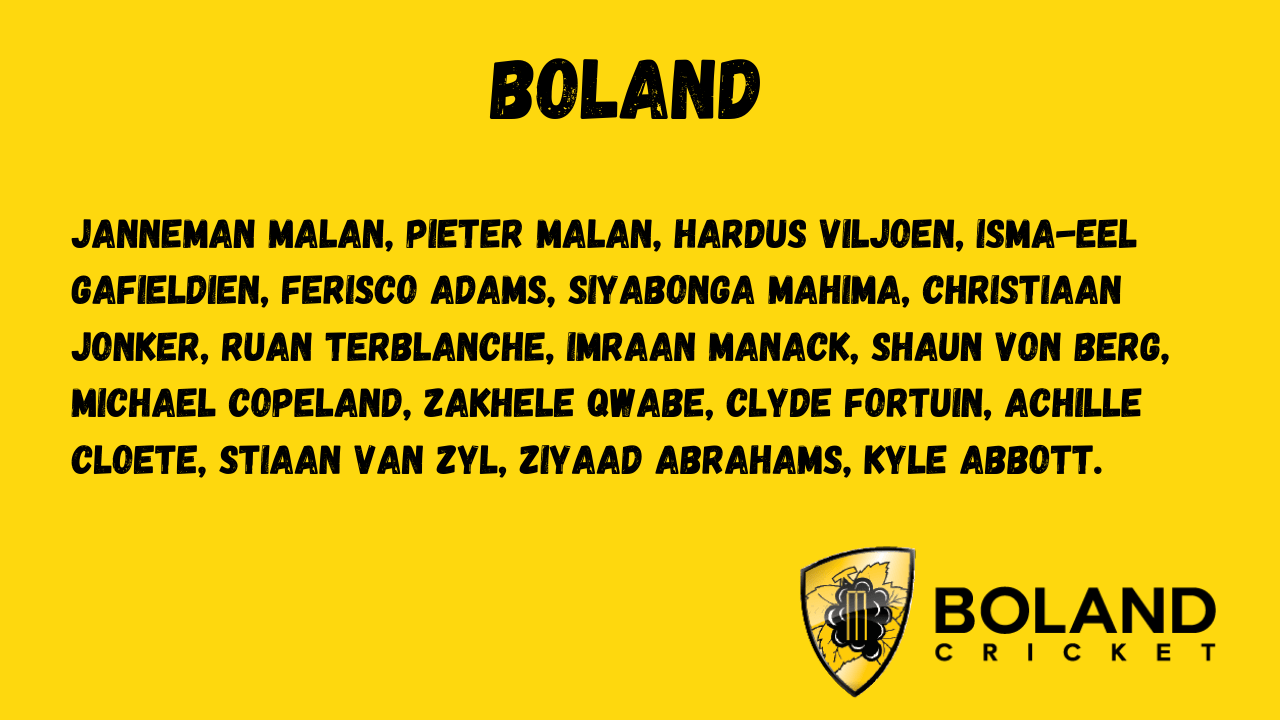
This new Boland squad will be favourites going into the new season and I believe Viljoen will be key to the team’s success.
“We must stick to what we have as a unit, play to our strengths and back our skills as a team.
“Just for us to go out and play cricket again is a nice thing to have and we’re fortunate we get to play. I’m looking forward to all formats at the moment but 4-Day Cricket especially.”
Boland take on the Warriors on October 4th at the Kimberly Oval, in what will be the first Group D fixture.
Pool A
Date: 24-26 September
Venue: Kimberley
Teams: Northern Cape Heat (2), SWD (2), Lions (1), Western Province (1)
Pool B
Date: 28-30 September
Venue: Bloemfontein
Teams: Mpumalanga Rhinos (2), Tuskers (2), Knights (1), Titans (1)
Pool C
Date: 08-10 October
Venue: Bloemfontein
Teams: Eastern Storm (2), SA U19s, North West Dragons (1), Dolphins (1)
Pool D
Date: 04 - 06 October
Venue: Kimberley
Teams: Eastern Cape Inyathi (2), Limpopo Impalas (2), Warriors (1), The Rocks (1)
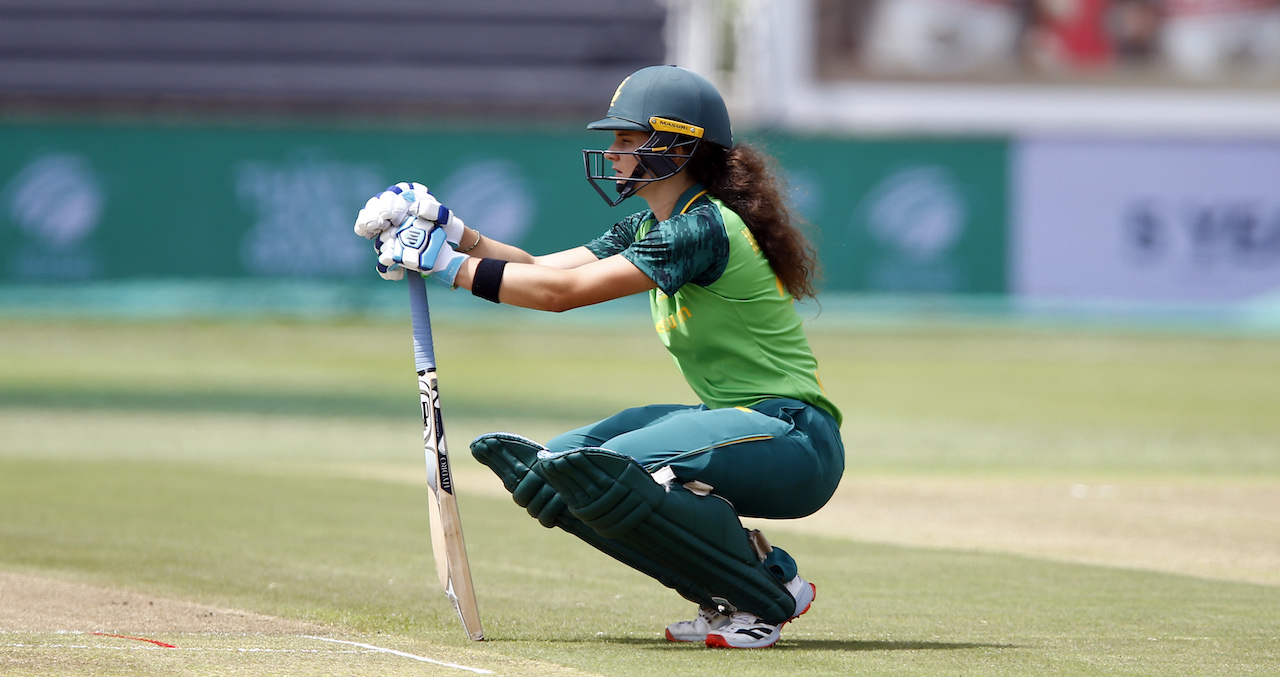
The ever-evolving Wolvaardt
By Keanan Hemmonsbey
Laura Wolvaardt is popularly known for having one of the most elegant cover drives in cricket. This is no accident. Wolvaardt has based her batting on crisp technique since she first picked up a cricket bat.
“Laura’s game has been based on a very solid, technically correct game from when she started at about 8 years of age,” says Laurie Ward, her batting coach for over 10 years and current head coach of Western Province Cricket Club.
Wolvaardt is still very young, at only 22-years-old, but she is already starting to evolve her game to accommodate the fast-paced nature of 20 over cricket and the newly incepted The Hundred.
“The technical aspect and a strong mental game, allied to temperament and a will to develop got Laura off to a tremendous start to her international career. However, at this level, players need to continuously evolve or get left behind,” says Ward.

Prior to the Proteas Women’s ongoing tour to the West Indies, Wolvaardt’s career strike rate in international 20 over cricket was 107,26. Her strike rate in the recently concluded 20 over series in which the Proteas Women drew 1-1 against West Indies, Wolvaardt struck at a whopping 229,03. This is, once again, no accident.
“With the big focus on technique growing up, I was too focused on making it look super nice than actually being effective and a lot of the times I would play these beautiful cover drives and hit a fielder every ball and end up dotting up in [20 over cricket].
"So yeah it’s definitely something Laurie [Ward] and I had a look at again and find out ways to either go over the covers or start expanding my legside game and power game,” says Wolvaardt.
"I started gymming a bit after school as well so that helps, being a bit stronger.”
Ward acknowledges that Wolvaardt’s best characteristic lays outside of the cricket field, and that’s her adaptability and willingness to learn.
“Her determination to develop the power aspect was no surprise and we started working on the skills to adapt to the shorter versions.
"We discussed the fact that we did not want to change her style and undo a lot of hard work, but rather base her power game on her sound technique. This made the process easier, and the risk/reward element of scoring quickly balance more in her favour,” says Ward.

Cricket meets technology
Ward runs The Complete Cricketer, where he uses technological innovations to help cricketers improve their game.”I worked really really hard on [expanding my power-hitting] with Laurie [Ward] and he has a lot of cool cameras and he has PitchVision set up so you can really fine-tune certain things in your technique. He’s been a great help with that,” says Wolvaardt.
Ward acknowledges that the use of this technology has helped speed up the development of players and has helped Wolvaardt evolve her game as quickly as she has.
“We use PitchVision cricket technology. It is an amazingly powerful coaching tool when a player can turn around and watch themselves instantaneously on a screen. It allows for very fine and subtle adjustments to be made, which promotes speedier development and more understanding of an individual’s strengths and weaknesses,” says Ward.
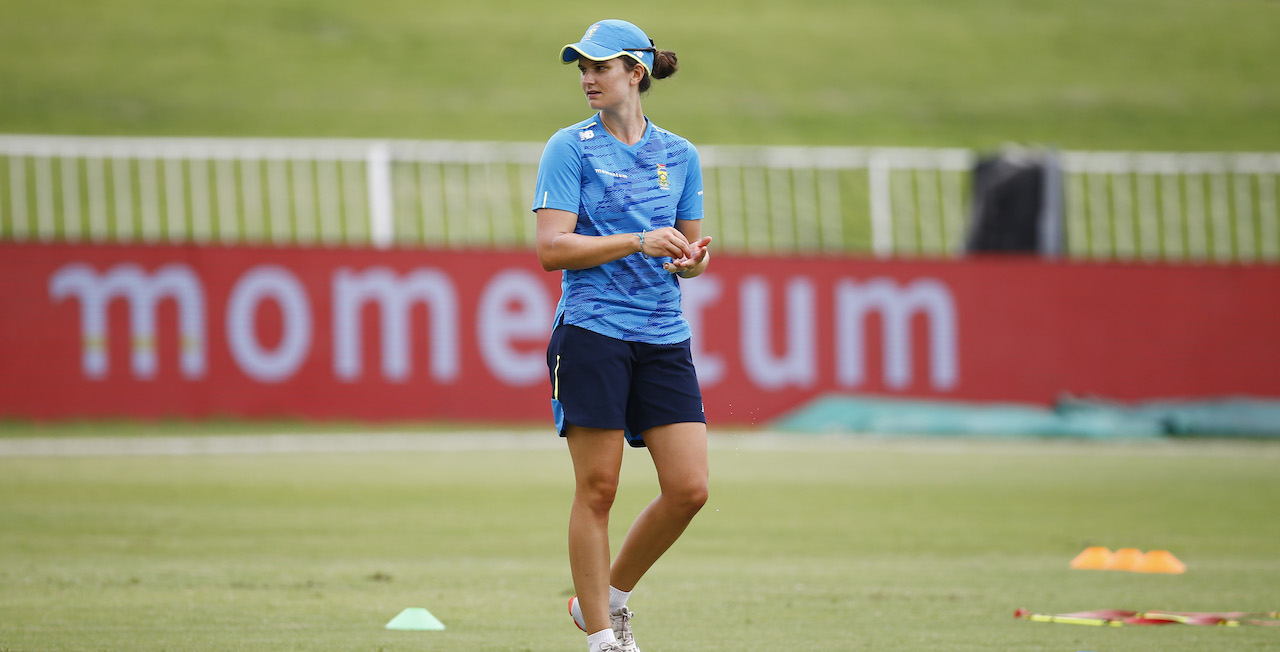
The best is yet to come
Wolvaardt has grown in confidence inside and outside the ropes of the cricket field.” [It’s] always a pleasure having her around! From a quiet shy young lady, Laura blossomed into a very talented and confident lady and cricketer,” says Raafieq Isaacs, digital marketing manager at D&P cricket, who have sponsored Wolvaardt since the 2014/2015 cricket season.
At 22, the sky is the limit for Laura Wolvaardt. She has already broken the record for youngest South African batter, male or female, to score 2 000 One Day international runs. The added bow of power-hitting to her technically perfect batting makes Wolvaardt one of the most exciting cricketers in South Africa at the moment.
“Laura is a very smart young lady and really enjoys the challenge and always aims for the best she can possibly be. The scary thing for the bowlers out there is that there is more to come too!” says Ward.
Advertisement
Ezra Poole's Online Wicketkeeping Academy
Learn how to Master The Craft of Wicketkeeping Without Having to Hire a Full-Time Personal Coach.
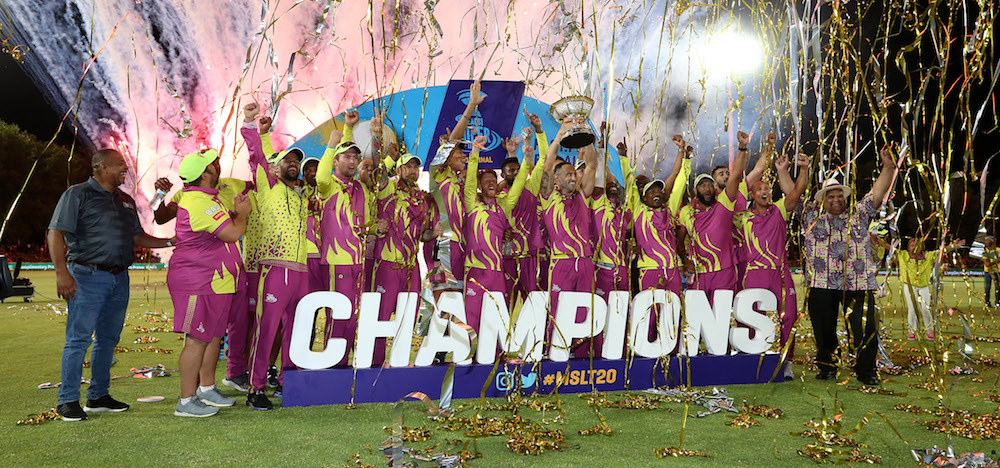
The Making of a Strong Domestic T20 Competition
By Aditya Mehta
In previous editions of Cricket Fanatics Magazine, we highlighted the relationship between a rigorous domestic competition and the strength of the international team.
Given the World T20 is around the corner, this piece will delve into the making of a strong domestic T20 competition, with the Indian Premier League as a reference point. This piece will argue that the quality of a country’s domestic infrastructure is integral to the success of a T20 league.
When the IPL began in 2008, it was a new concept for the players and viewers, and it was difficult to predict the results it would yield over the next decade. Indian cricket has witnessed the benefits of a league which exposes young Indian talent to some of the best players in world cricket, seeing how the Indian team has performed in the home and overseas conditions across all formats of the game.
While the IPL is the perfect platform for young Indian players to showcase their skills in conjunction with overseas superstars, the strength of the IPL comes from the robust structure of the Indian domestic system, including the U-19 and India A programs.
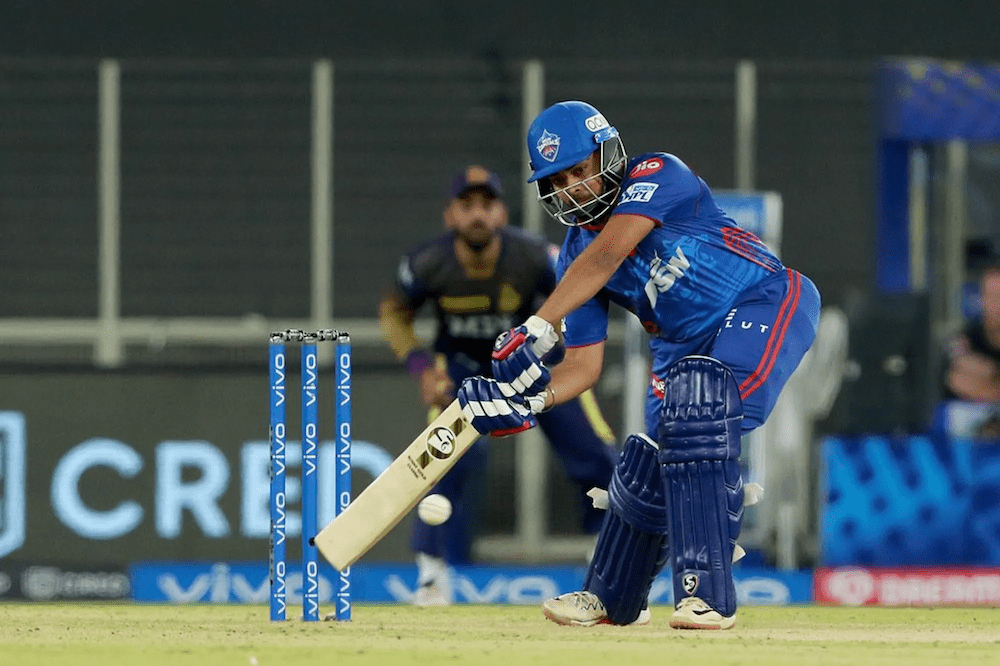
Photo by: Rahul Gulati / Sportzpics for IPL
India and Delhi Capitals batsman, Prithvi Shaw, for instance, was a well-known name in Mumbai cricket before he made it to the Indian team and the IPL. His performances in the domestic circuit, including the recent Vijay Hazare Trophy in which he scored 827 runs in 8 matches, are an indication of the quality he possesses.
Shaw’s raw talent was identified and nurtured through the domestic structure, as well as the U-19 program under Rahul Dravid. Leading the U-19 team to a World Cup victory established his captaincy credentials while elevating his skillset as a batsman.
With so much cricket under his belt, along with Dravid’s mentorship, Shaw brought a high standard of batsmanship to the IPL. Shaw’s presence at the Delhi Capitals, in addition to numerous Indian players who have consistently performed in the Indian domestic circuit, raises the standard of cricket in the IPL.
Like Shaw, Mayank Agarwal’s game has also soared over the last few years. A regular member of the India A setup before he made his national team debut, Agarwal evolved as a batsman under the watchful eye of Rahul Dravid. Discovering his method and learning to adapt to unfamiliar conditions, Agarwal became a successful all-format batsman for India and his IPL team, Punjab Kings.
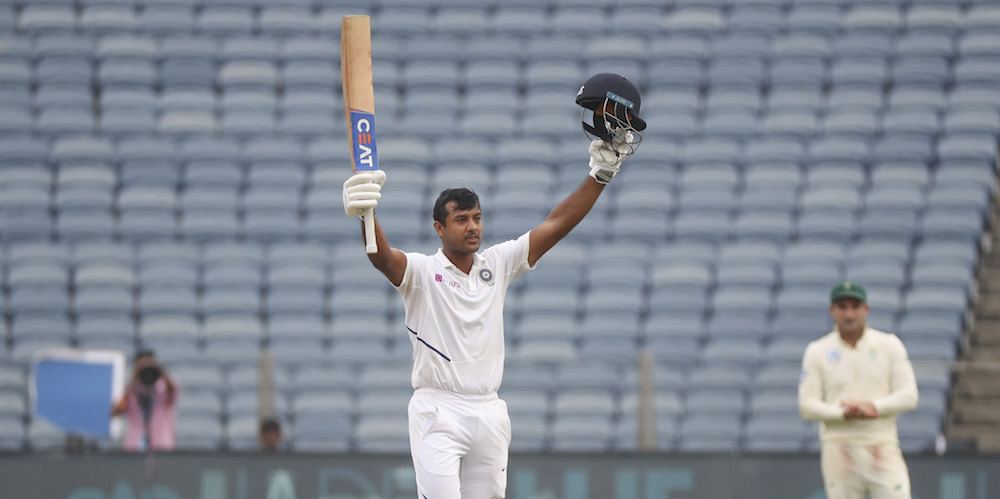
The rigours of the domestic system resulted in Shaw and Agarwal put in remarkable performances in the IPL. Additionally, with the number of established overseas players in the IPL, a high quality of domestic cricket reduces the gulf between the standard of the cricket that inexperienced Indian cricketers and established overseas stars produce.
With young Indian players sharing the dressing room with accomplished cricketers – Indian and foreign – the ‘awe’ factor reduces considerably, helping them perform better under pressure. Young Devdutt Padikkal of the Royal Challengers Bangalore plays alongside Virat Kohli, AB de Villiers, and Glenn Maxwell.
Padikkal was picked on the basis of his performances for Karnataka, but his potential his further enhanced with the backing of Kohli, de Villiers, and Maxwell, which gives him the confidence to perform on the big stage. This elevates the standard of the IPL, and is crucial to its long-term success.
On the flip side, the Big Bash, Australia’s T20 league has not been able to replicate the IPL’s success in delivering high-quality cricket, nor has it contributed to the growth of the national team. Part of the reason for it is that the Big Bash is right in the middle of Australia’s first-class competition, the Sheffield Shield, and players who begin the season playing red-ball cricket are then required to adapt to the demands of T20 cricket. After the conclusion of the Big Bash, players return to the Sheffield Shield.
In such a scenario, it is virtually impossible for a player to perform optimally in either format. The Sheffield Shield, which was once the world’s premier domestic first-class competition, is unable to contribute to raising the standard of the Big Bash, and the absence of key players also diminishes the quality of the Sheffield Shield.
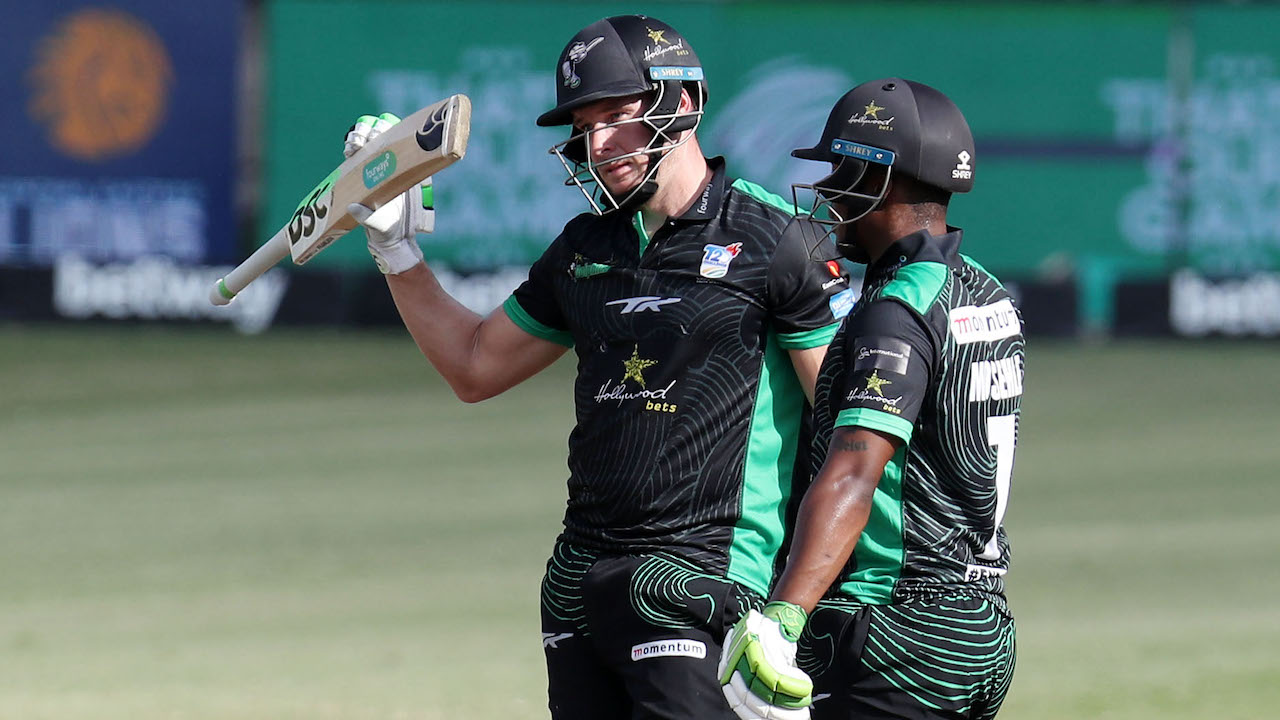
When the 2020/21 CSA T20 Challenge took place, the cricket was largely exciting, but questions were raised as to whether it matched the degree of competition that the IPL was able to generate. For South Africa to have a successful T20 competition, its domestic structure needs to produce cricketers that can regularly challenge experienced international players.
To do that, South Africa must adopt some of the best practices of India’s U-19 and India A programs. While logistics may present challenges, given that South Africa is in the southern hemisphere and its weather patterns may not always present conditions that are conducive to cricket, there is merit to the structures that India has put in place to develop players who have the potential to be a part of the national team.
If South Africa is able to nurture cricketers at the domestic level and ensure they are equipped with the skills to succeed at the international level, the standard of South Africa’s T20 competitions will rise.
South African T20 competitions must also encourage the participation of overseas players, as well as veterans such as Faf du Plessis, AB de Villiers, Imran Tahir, and Chris Morris, who continue to showcase their skills in a variety of leagues across the world.
It is difficult for young cricketers to gain experience at the highest level without exposure to it, but if they have access to experienced international cricketers, it will expedite their growth considerably, which will be vitally important for South African cricket going forward.
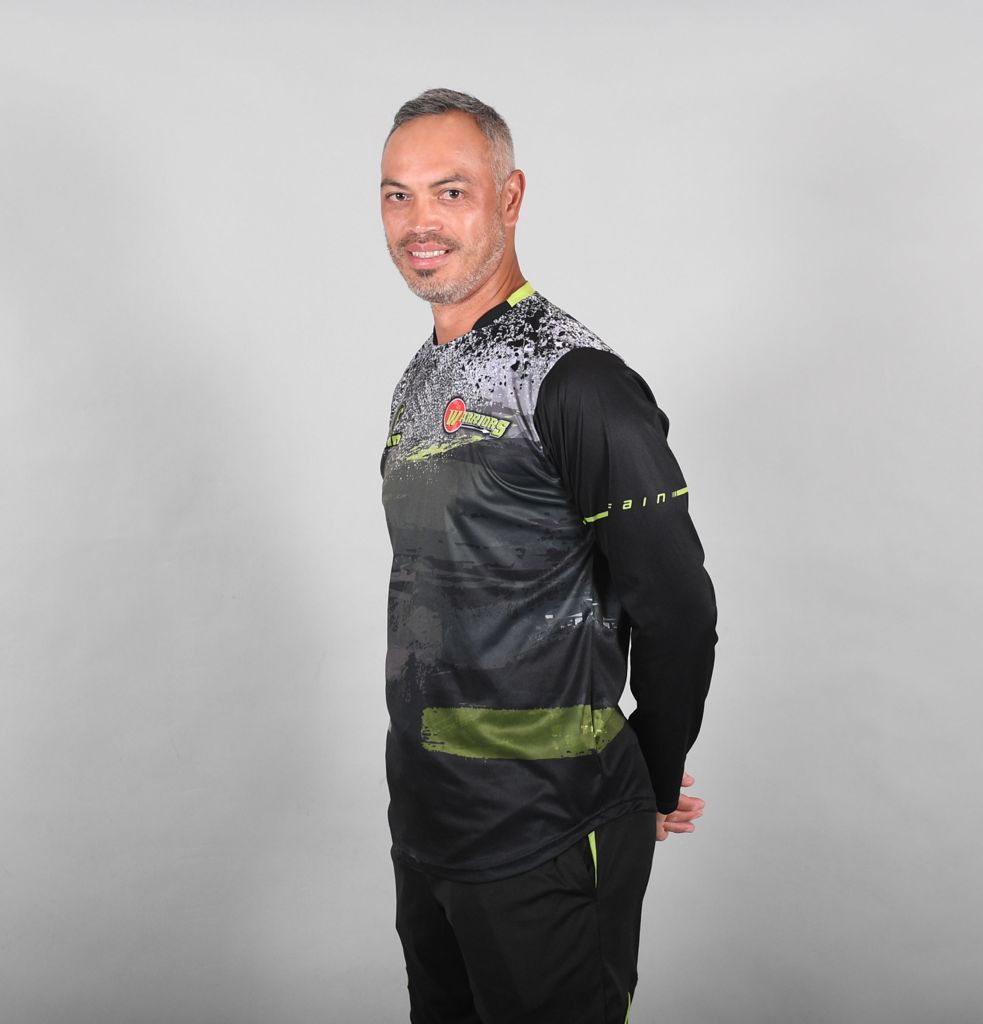
Q&A: Baakier Abrahams on T20 Cricket
By Nasri Alexander
What qualities do you look for in a player when it comes to T20 cricket?
If you look at the many T20 leagues, certain trends are developing which guides you to some of the qualities or characteristics a modern-day T20 player should possess. This is in no way an exhaustive list but some of the qualities I would look for:
I.) Scarce skills - genuine pace, left-arm seamers, wrist spinners and some characteristic that is different to the norm like a mystery spinner or different action.
II.) Physical build of the player as an indicator of power.
III.) A player that shows good hand speed which guides you to finding suitable game plans and develop role clarity.
IV. A player that is coachable and open to being challenged both in training habits and thinking.
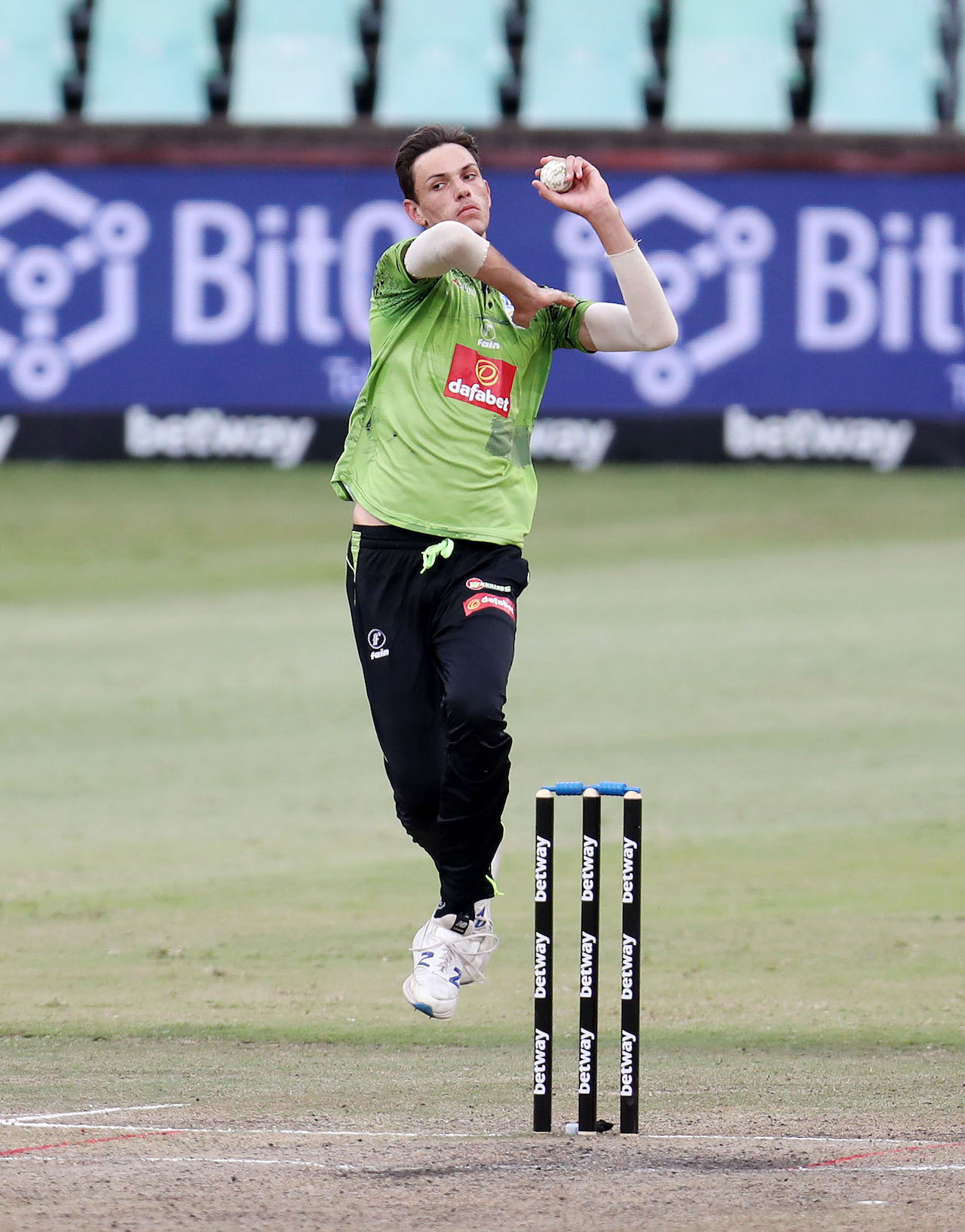
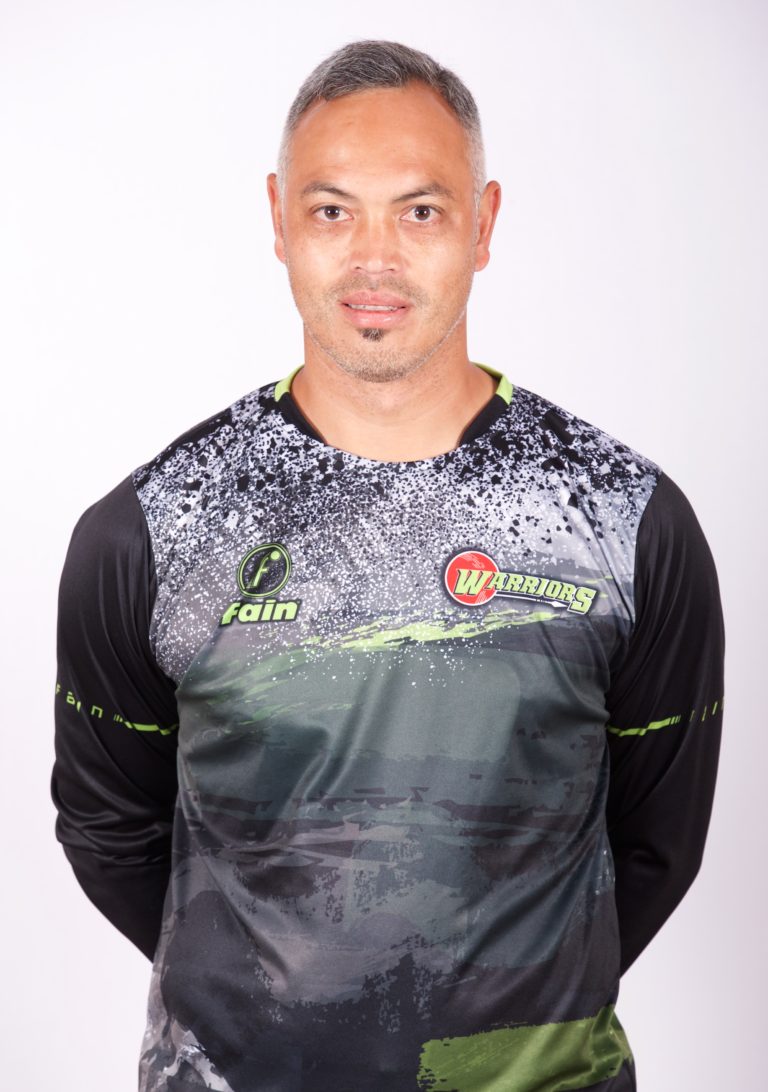
When working with young bowlers what are specific areas that you look to improve to get them ready for the T20 game?
Skills development – look at a players existing strengths and add new skills to broaden game plans and options for different conditions and different types of batters. Types of skills developments could be new slower deliveries or delivering Yorkers:
I. Assessing batters strengths and developing game plans accordingly.
II. Strategy when it comes to field setting and construction of their over.
When working with young opening batters what are specific areas that you look to improve to get them ready for the T20 game?
Maximising the power play has always been a key component of the T20 game. There are 2 aspects to focus on when coaching young batters, skills and mental development. Many of these young players already have great talent and skillsets, one of the fundamental areas to improve on is the attitude and mindset required to play T20 cricket.
It’s such a fun format to express oneself so having a positive mindset is an important component in transferring pressure. A player should still be held accountable but as coaches, we use preparation methods and understanding of the why, as tools to negate the “perceived risks” of playing in this manner and ensure players are mentally freed from the burden that tends to go with playing this brand of cricket
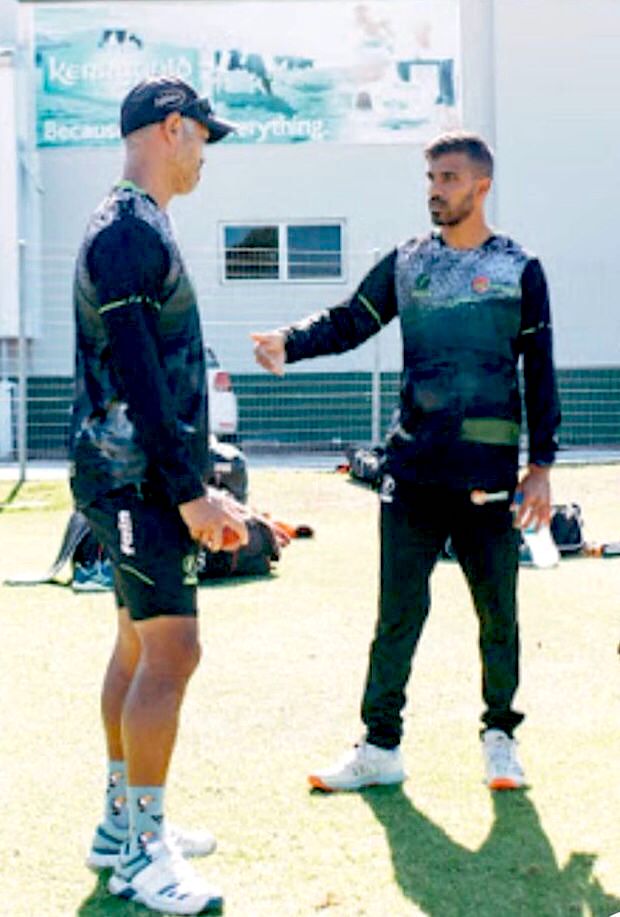
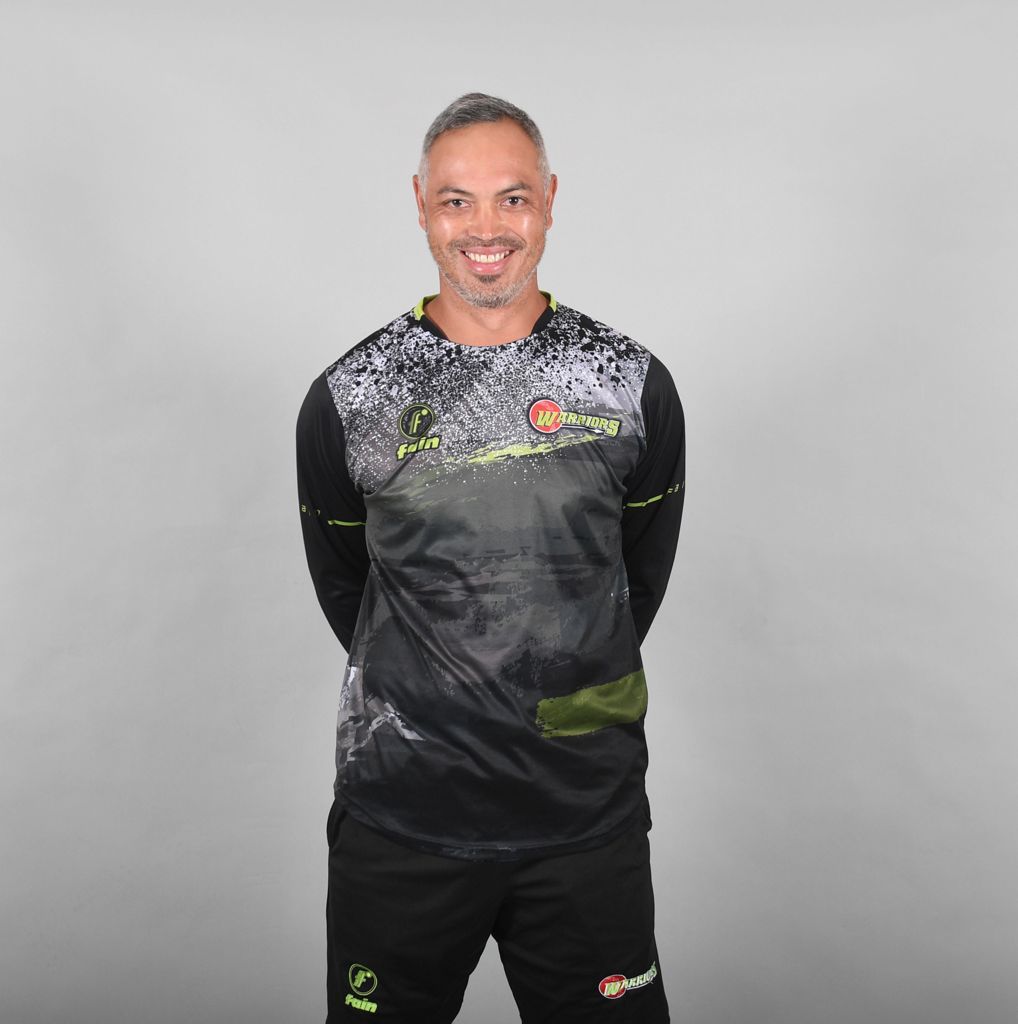
When working with young big-hitters or all-rounders at No 5/6/7 how do you help prepare them mentally and technically so that they can fire in the last couple of overs consistently when setting a total and chasing? And deal with the pressures of a collapse?
Young big hitters/all-rounders at 5/6/7 have to deal with a lot more pressure moments and it’s important they embrace that pressure. I think knowing oneself and what skills training/ tactical acumen/mental prep you need to thrive in those situations can nullify a lot of the pressures that come with batting in the middle order. I remember listening to Ashwell Prince and he often spoke about how a player must want to step into that pressure space and make it their own.
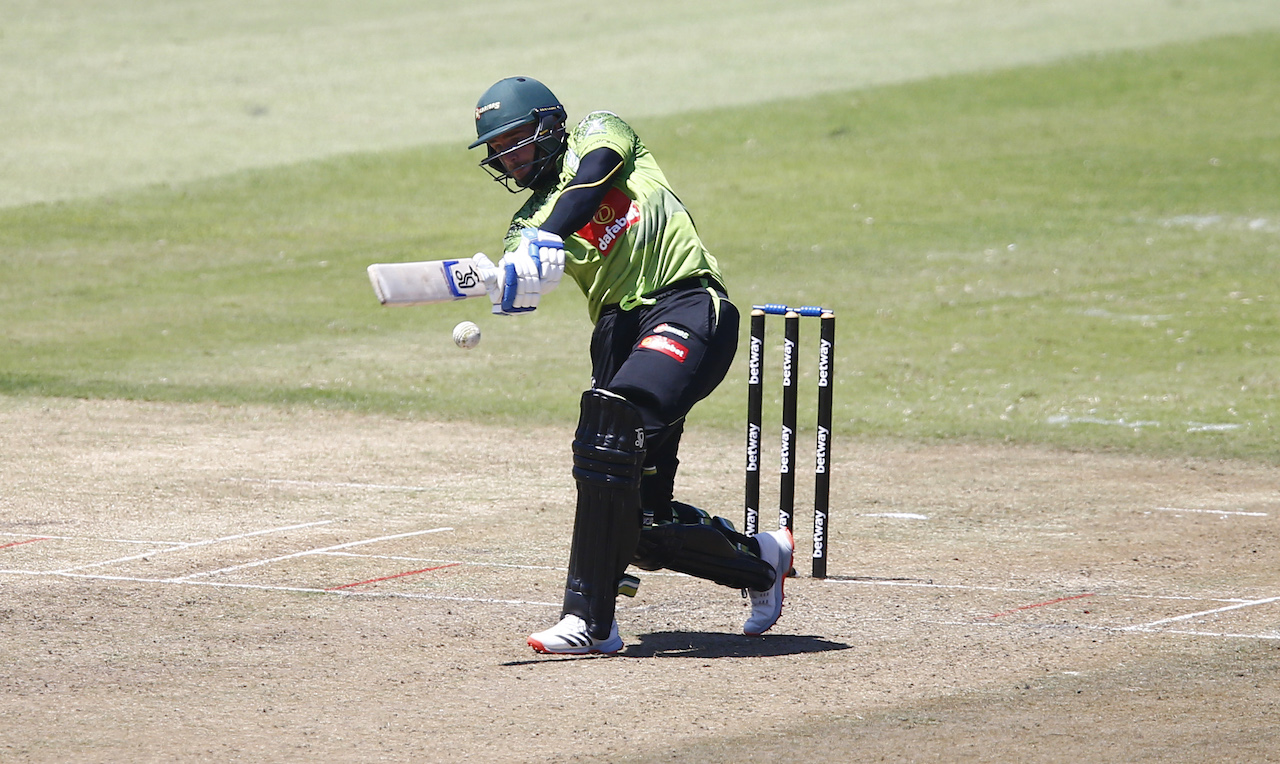
Does South Africa’s MSL and Domestic Competitions prepare our players well enough for the World Stage?
I think playing in the MSL/domestic T20 competition is a great platform but it’s not enough in terms of volume. What will really elevate a players preparation is more game time to gain the necessary experience and reference points to better understand the format and stay in tune with modern trends in the format.
It’s great to see the likes of Migael Pretorius in the CPL/Aiden Markram and Marco Jansen in the IPL along with the other regular Protea players. It will be interesting to do a stat of the total number of T20 matches each countries players have played and see where the Protea squad match up. I am sure the likes of England/West Indies/India will be the most capped.

How important is the mental side of the game particularly in T20 cricket?
It’s a very important component in the make-up of a modern-day cricketer. With the current pandemic, mental health is such a challenge and will have impacts on players.
Access to information and social media presents a constant opportunity for criticism so it’s not easy for players and staff alike. I think the types of authentic conversations you have with a player to create an environment that is safe for a player to express themselves is important.
I try and find the sweet spot between the burden of performance and borderline don’t care about the result but do the right things in preparation to follow a process for success. Inevitably, the desire is always to WIN in High-performance sport but you can navigate your way towards that in a calm and relaxed manner.
When selecting the composition of a T20 team, do coaches tend to look for more players with all-round packages instead of specialists like in other formats?
Refer to point 1. A mix between specialists and all-rounders is required to balance the necessary skill set required in T20 cricket to be successful. There is a lot of data that can be used to construct your squad selection so that’s where the planning phase plays such an important role.

Adrian Birrell
Adi Birrell started coaching in a very different era, in the 1980s. He was 24 and things were very different back then.
So, it's safe to say he has seen it all.
From coaching kids without equipment and proper facilities in the townships to taking Ireland to the 2007 World Cup and then now at Hampshire County Cricket Club, Birrel has coached at every level.
We chat about his journey, his philosophy and beliefs.
Offside Maidens
Daily Show | Let's talk about it
Video Playlist
The Podcast Live Show:
Exclusive Interviews
Crossword Puzzle
South Africa's T20WC Squad!
ISSUE 14: Crossword Answers
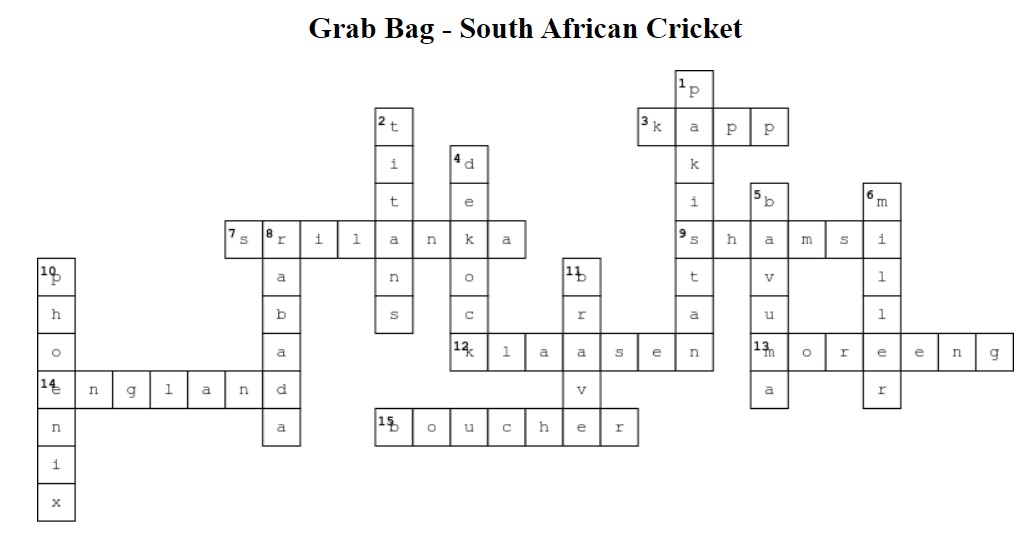

Magazine info
Editorial Director
Khalid Mohidin
IT and Technical Director
Faizel Mohidin
Contributors
Abhai Sawkar
Aditya Mehta
Chris Chiwanza
Emily Norris
Jessica October
Janine October
Keanan Hemmonsbey
Khalid Mohidin
Licia Woods
Lubabalo Skhosana
Marc Jacobson
Nasri Alexander
Ongama Gcwabe
Tara-Lee Essack
Graphics
Khalid Mohidin (Cover and Graphics)
Mohammed Hoosain (CFM logo)
Images
BackpagePix
Supplied
Twitter
Facebook
Video Binge List:
On Lockdown Series
The Podcast Show
Legends with Ravi
Daily Show